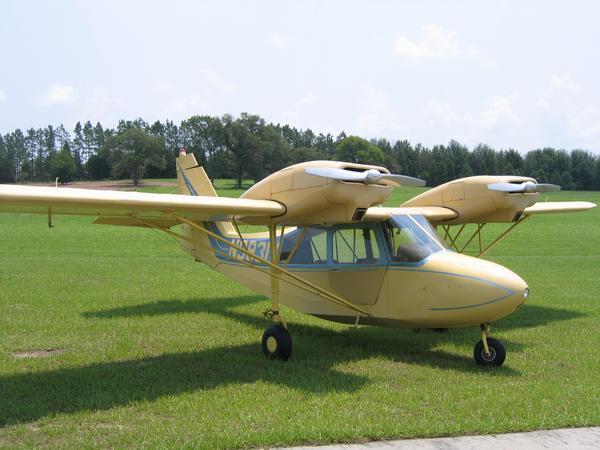N747JB
Final Approach
There are some discount card programs, like Air Boss, but I don't know of any contracts for 100LL. The big difference is the volume, it costs almost the same to have the fuel truck and the lineman put 12 gallons in a 172 as it does to put 300 gallons in a Citation, or 1000 gallons in a Gulfstream. The only difference is the extra 10 minutes of labor. Let's say it's $10.00 to crank and move the truck, and the lineman makes $15.00 per hour. He pumps 12 gallons with a mark up of $2.00, grossing $24.00 profit in the transaction. Same guy pumps 300 gallons with $.40 mark up and grosses $120.00
Let's say it's $10.00 to crank and move the truck, and the lineman makes $15.00 per hour. He pumps 12 gallons with a mark up of $2.00, grossing $24.00 profit in the transaction. Same guy pumps 300 gallons with $.40 mark up and grosses $120.00  Volume makes the difference in fuel costs, with even the thirstiest piston twin holding a maximum of 250 gallons, most piston airplanes will probably take 20-50 gallons at a fuel stop.
Volume makes the difference in fuel costs, with even the thirstiest piston twin holding a maximum of 250 gallons, most piston airplanes will probably take 20-50 gallons at a fuel stop. 
When I had my Citation I had a fuel card that worked like contract fuel, for smaller operators. The company went out of business, but it was a great deal on Jet-A, I remember in ADS buying fuel about $2.00 less than the posted rate!
When I had my Citation I had a fuel card that worked like contract fuel, for smaller operators. The company went out of business, but it was a great deal on Jet-A, I remember in ADS buying fuel about $2.00 less than the posted rate!

I've heard rumors from some folks that if you have one of those contract fuel cards, you'll be paying around $3.50/gal for Jet A.
Anyone know if that's true? What is required to get into such a program? I assume there are no such programs for 100LL...



 It seemed to fly on a fairly regular basis, but I don't know how much one needs to fly to justify keeping it. I don't think the owner replaced it, so he might have learned all he needed to know about buying an airplane and putting it on charter at an FBO.
It seemed to fly on a fairly regular basis, but I don't know how much one needs to fly to justify keeping it. I don't think the owner replaced it, so he might have learned all he needed to know about buying an airplane and putting it on charter at an FBO.